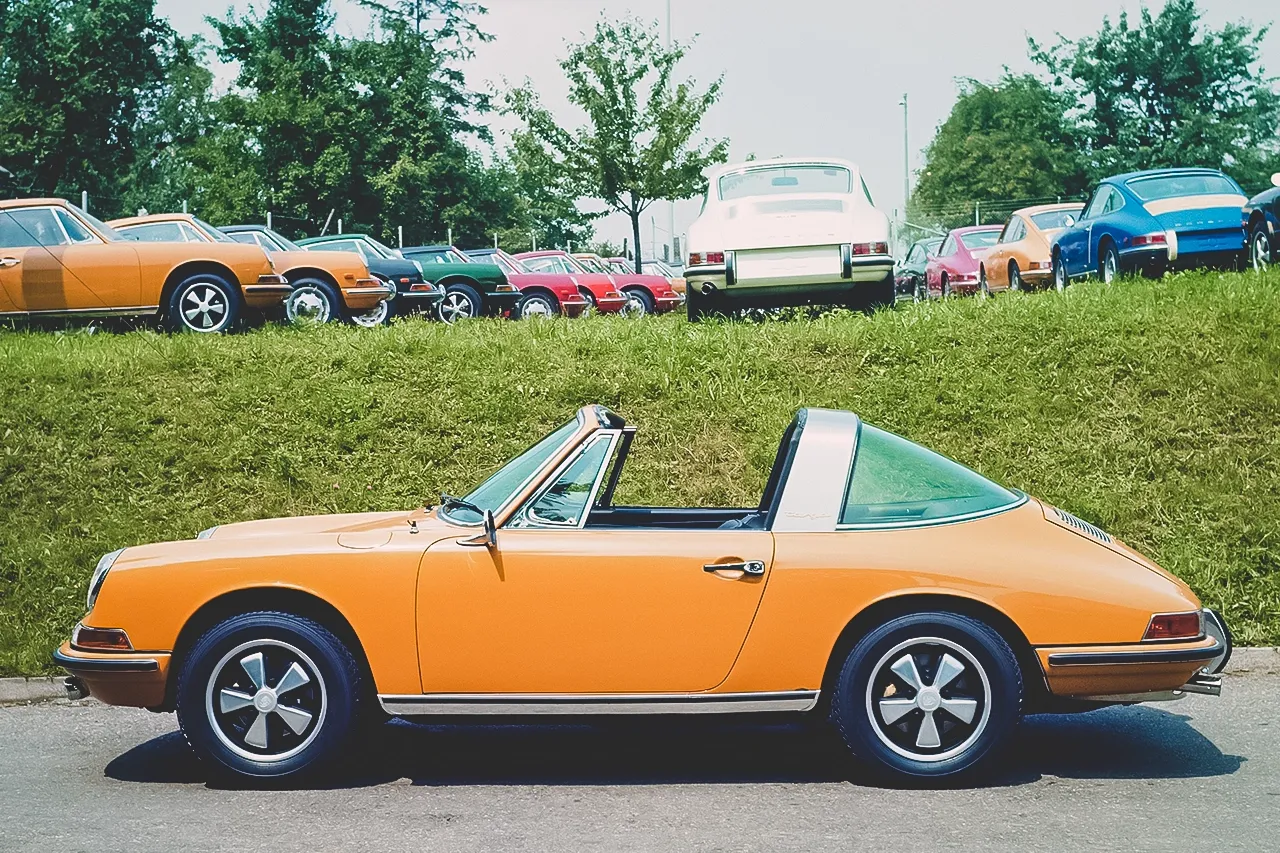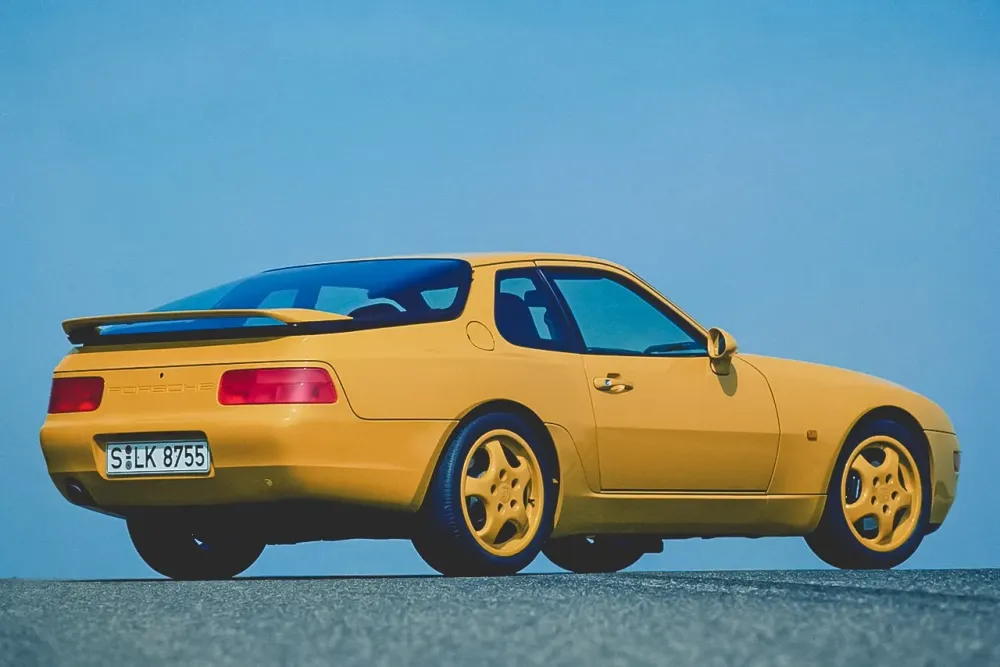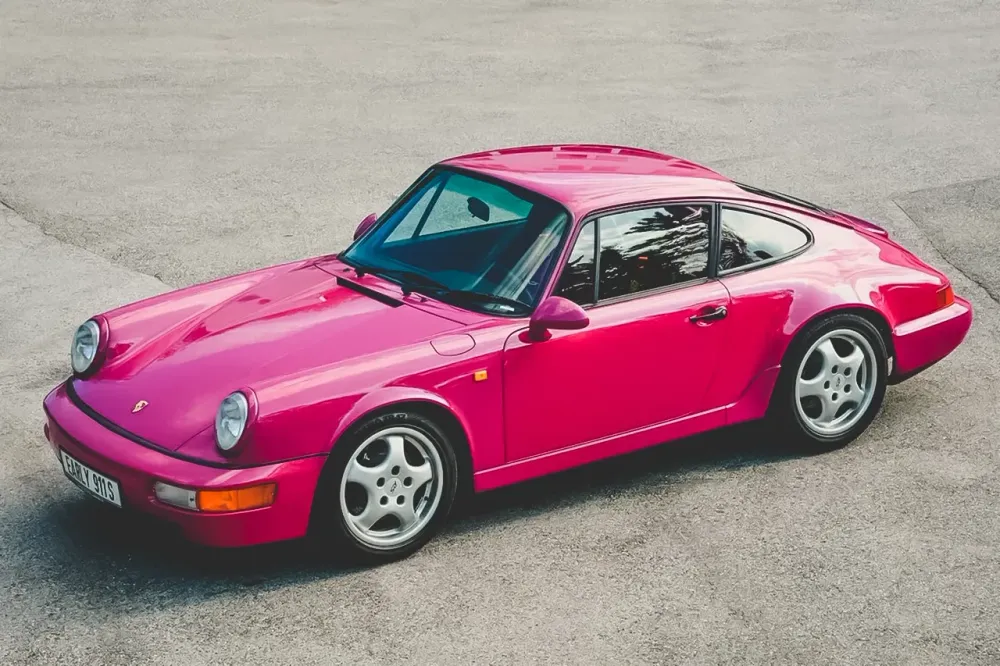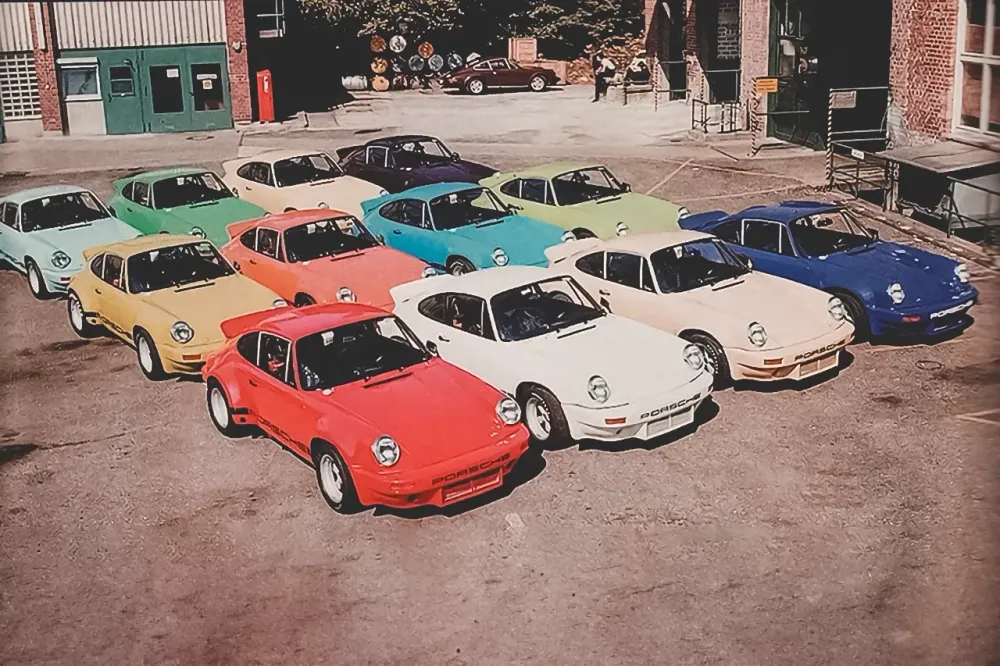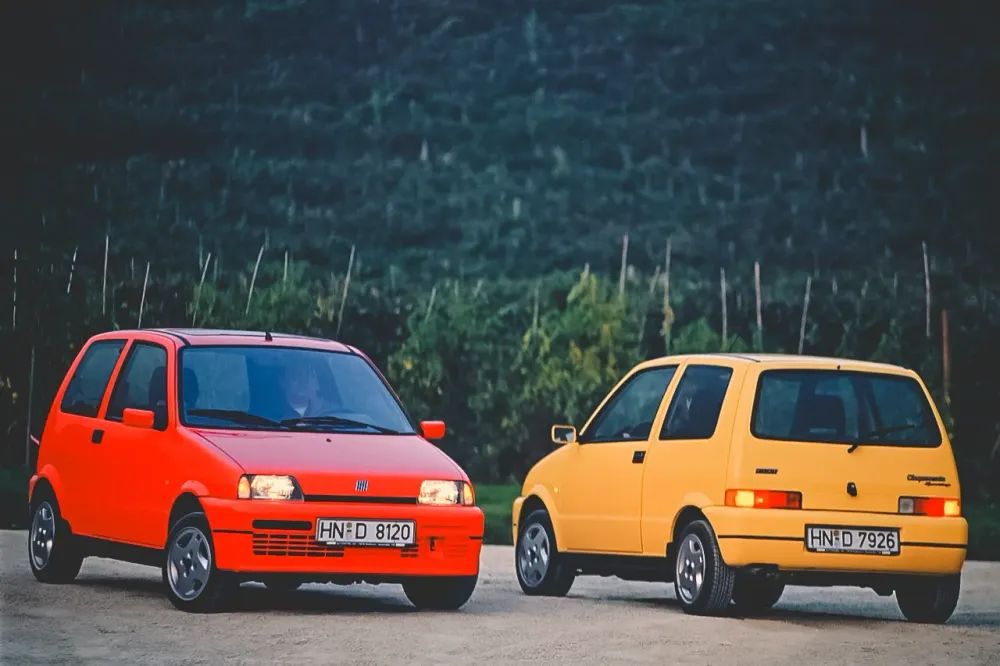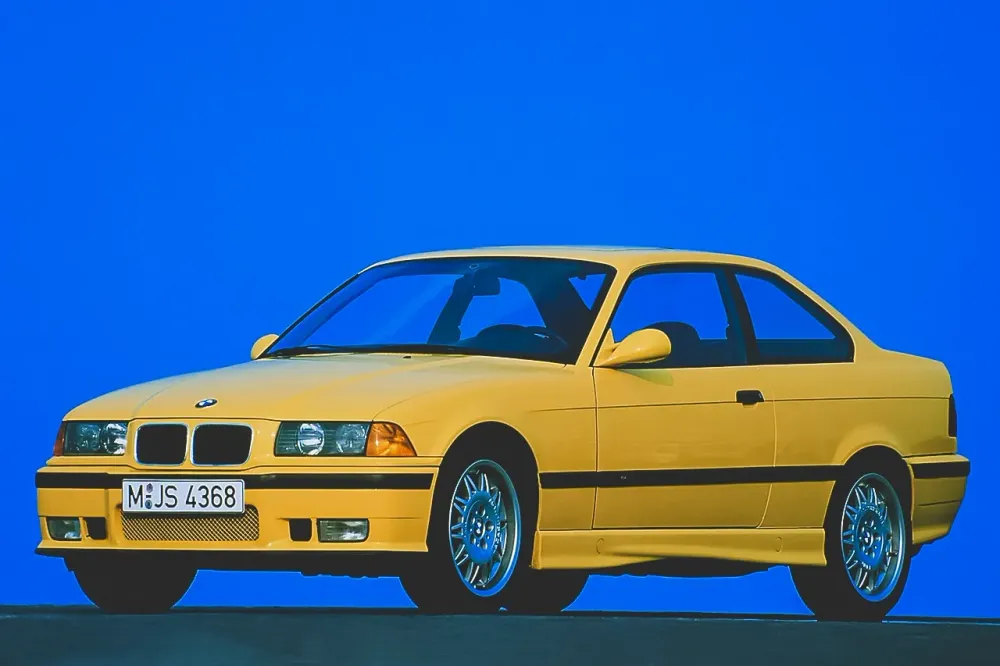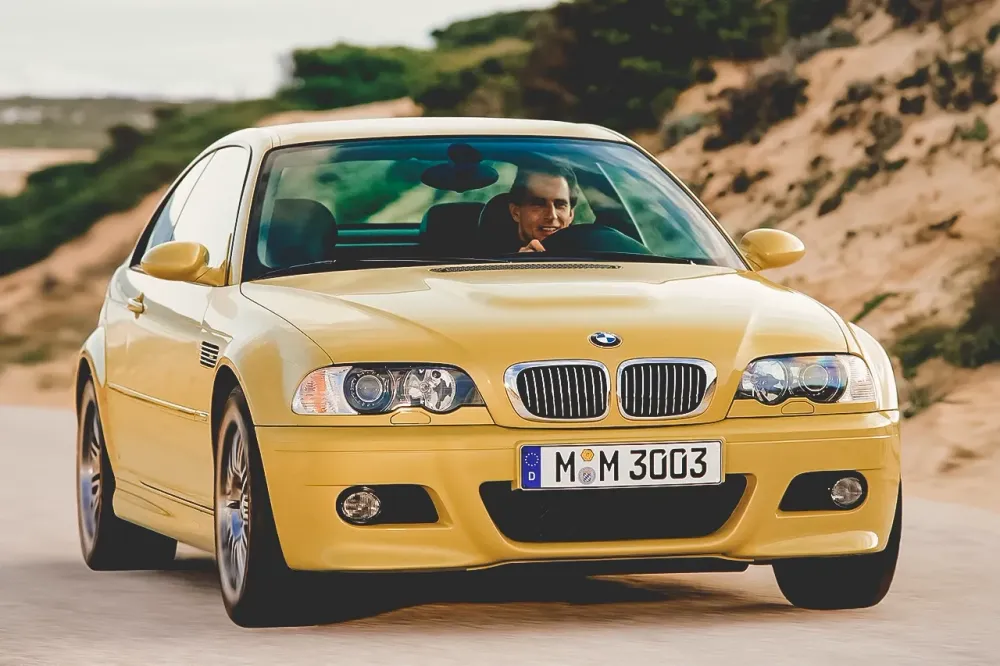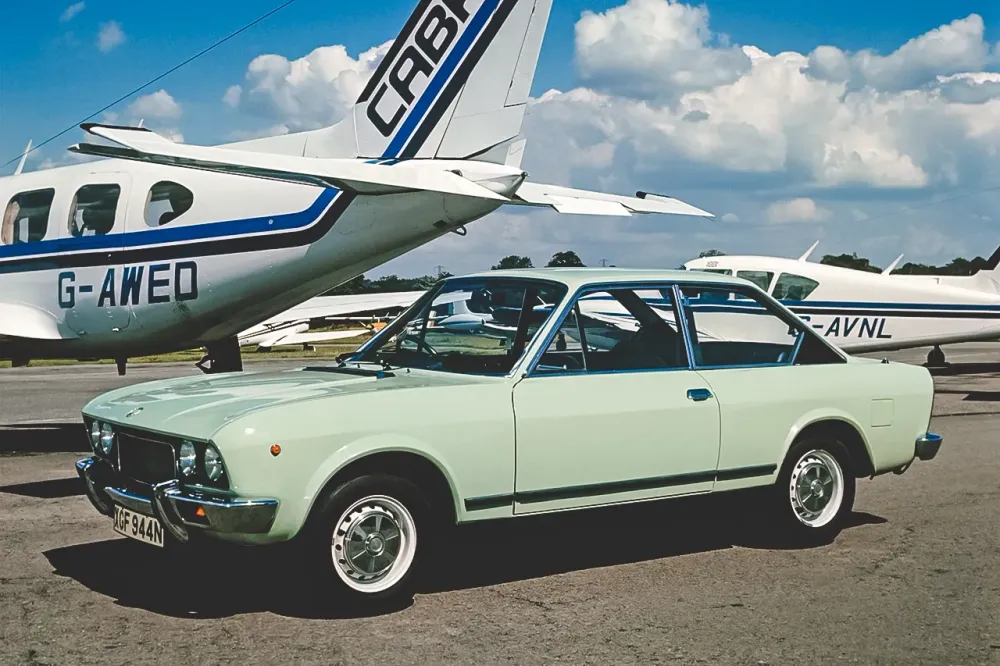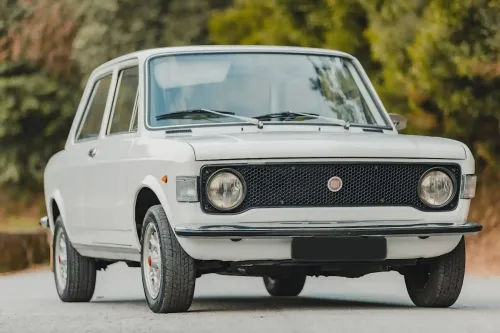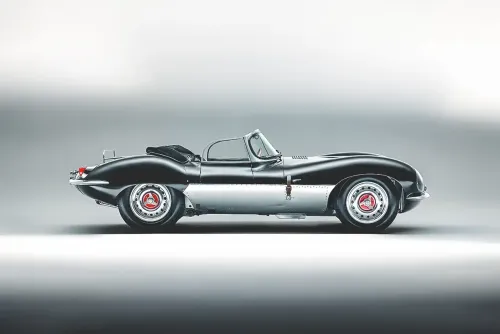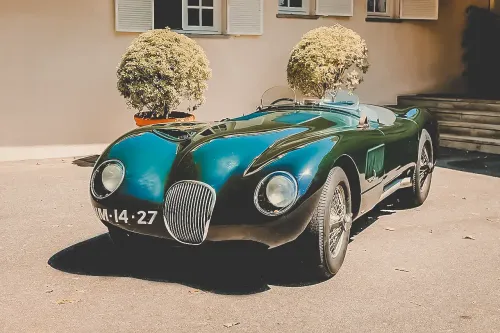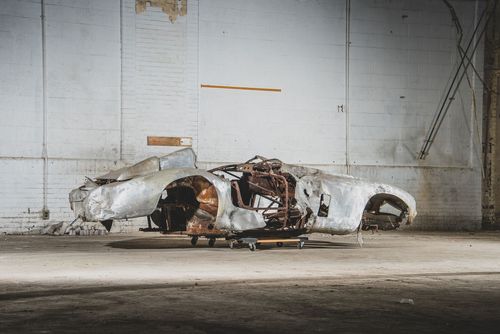Which color is the most valuable?
We all know the European reality when it comes to car colors. Currently, grey, white, black and silver, cover a whopping 75% of new car buyers' choices. Likewise, anyone who buys a second-hand car “plays it safe” and prefers the most predictable tones.
However, does this standard suit the purchase trend of vintage and classic cars?
The insurance company Hagerty, an expert in valuations and studies of the collectible vehicle market, decided to study the topic based on public sales (auctions) and drew very interesting conclusions.
The “test group” was the Porsche brand, whose models follow each other in history with the same type of concept and lines, therefore being a more “stable” and lasting sample. Porsche is also a brand which offers a wide palette of colors as standard.
The conclusions are surprising.
Analyzing the colors according to the average price for the different models and periods, it is concluded that the color that can have a more positive impact (values up to €2500 higher) is… yellow. In the opposite direction there's green, followed closely by black.
This study also concludes that the completion of sales at auction also varies depending on the colors and that the most sold at auction are blue Porsches, followed by gray ones, with an honorable third place for orange.
The analysis revealed that the appetite for intense colors is more consistent when the cars are a little older, but that in any case, colors such as red and yellow are highly appreciated at all stages of Porsche's history.
Going into a little more detail, Hagerty can distinguish the differences between the various shades of the same color. However, the most relevant information, which is presented as a conclusion, is that “safe colors” (black, gray, silver, white) have a moderate performance in the demand and appreciation of vintage and classic cars and that these preferences will also vary according to the year of sales analyzed.
Therefore, if you are about to make a purchase, it is best to choose with your heart and follow your personal taste, as "safe" choices may not be safe, and risky options may well be a pleasant surprise.



